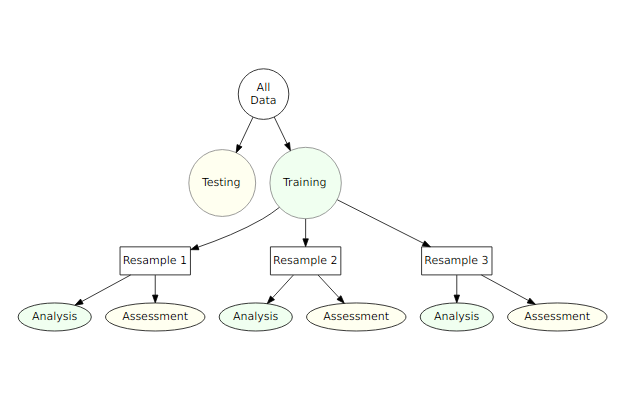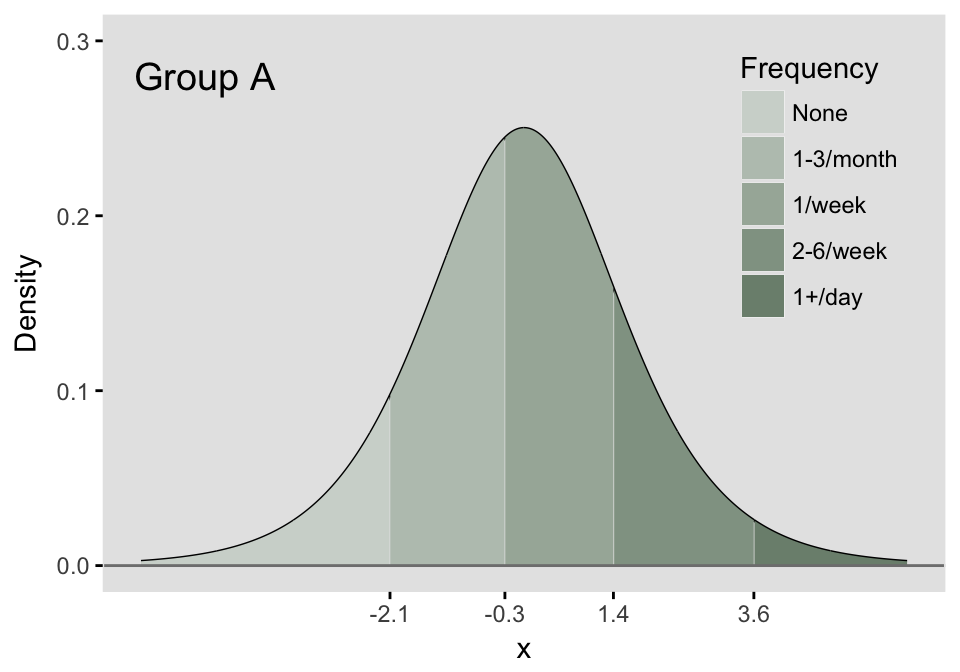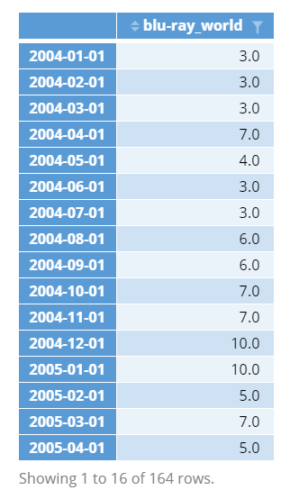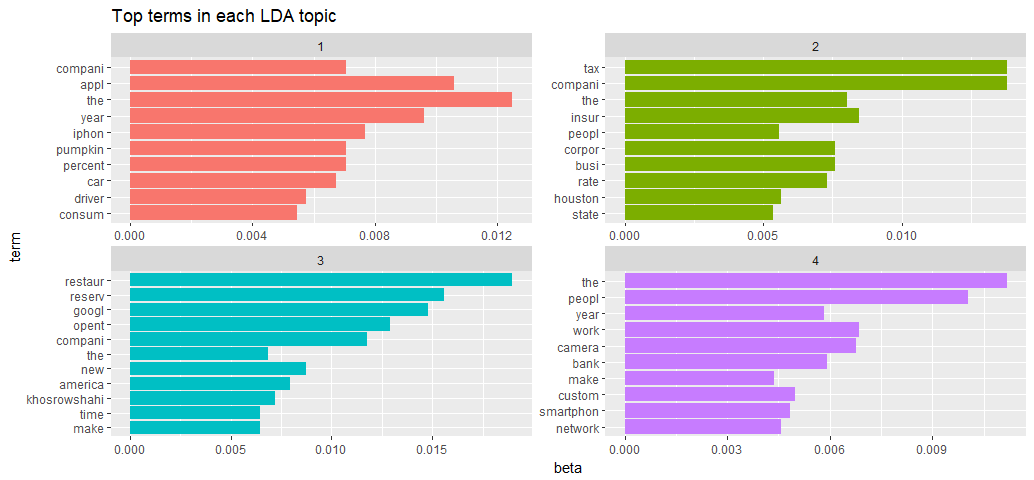Nested Resampling with rsample
A typical scheme for splitting the data when developing a predictive model is to create an initial split of the data into a training and test set. If resampling is used, it is executed on the training set where a series of binary splits is created. In rsample, we use ...










